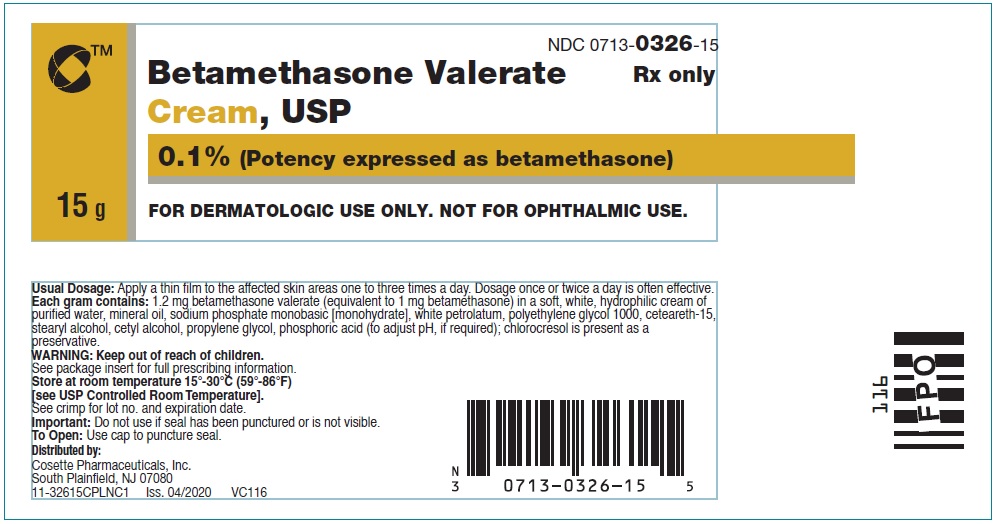
Many parents worry about scarring after surgery. This post explores non-invasive ways to minimize scar tissue following hypospadias surgery. Always follow your doctor’s advice regarding post-op scar care.
Methods to Reduce Scars Post-Surgery
Following your physician’s instructions is crucial for effective scar prevention. While many patients heal naturally without intervention, some may require consistent treatment for months to see improvement. Possible methods include:
Hyperbaric Oxygen Therapy (HBOT)
HBOT involves breathing 100% oxygen in a pressurized chamber (1.5–3 times normal air pressure) to treat oxygen-deprived tissues (e.g., the tissues near the surgical site). It boosts oxygen levels in the blood, promoting healing and potentially reducing scarring. HBOT may be used before and after surgery to support faster recovery.
Steroid Cream
Steroid creams are widely used for pathological scar prevention and treatment. They reduce collagen production and inflammation, helping to minimize scar volume and alleviate itching and discomfort. The following picture is an example of steroid cream we were prescribed and instructed to use since about one month post surgery.

Scar Creams
Scar creams aid skin regeneration, promoting smoother healing. Their effectiveness varies by ingredients:
- Silicone Gel: Creates a controlled environment that prevents excessive collagen buildup, reducing keloid formation.
- Plant-Based Ingredients: Ingredients like allantoin and onion extract hydrate the skin, soften scar tissue, and support regrowth.
For recommended scar creams, refer to:
- The 8 Best Scar Creams to Fade Unwanted Scars
- The Best Scar Creams and Treatments, According to Dermatologists
Additionally, regular scar massage and moisturization can help improve flexibility and appearance.
Types of Scars
Understanding your scar type helps determine the best treatment approach. The two main difficult-to-heal scars are:
Hypertrophic Scars
- Appear as red, raised, thick scars within the original wound boundary.
- Result from damage to the deeper skin layer (dermis).
- Usually improve naturally over 1 to 2 years.
Keloid Scars
- Extend beyond the original wound area.
- Can become elevated, shiny, firm, and change color over time.
- Less likely to resolve completely without treatment.
Wound Healing and Scar Formation Phases
Initial Inflammatory Phase (0 to 5 days)
- Blood vessels constrict to form a clot, stopping bleeding.
- They then expand to deliver nutrients, white blood cells, and antibodies to the wound, aiding infection prevention and repair.
Proliferation Phase (4 days to 3 weeks)
- The body rebuilds skin using collagen-rich tissue.
- New skin forms, and the wound’s appearance reflects healing progress.
- Proper wound care is essential for optimal recovery.
Maturation or Remodeling Phase (3 weeks to 18+ months)
- Scar tissue gradually softens, flattens, and becomes less visible.
- Excess collagen is broken down and reorganized.
- The process may take up to two years, depending on individual healing factors.
Healing is not always linear; wounds may fluctuate between the proliferation and remodeling phases. Ideally, healing progresses from deeper layers to the surface. Regular scar massage and moisturization can help enhance flexibility and reduce visibility over time.
Reference
- HBOT introduction
- Hyperbaric oxygen therapy improves the effect of keloid surgery and radiotherapy by reducing the recurrence rate
- Top Treatments and Natural Options for Scar Removal
- Understanding scars and effective care
- The Differences Between Keloid & Hypertrophic Scars
- The application of corticosteroids for pathological scar prevention and treatment current review and update
